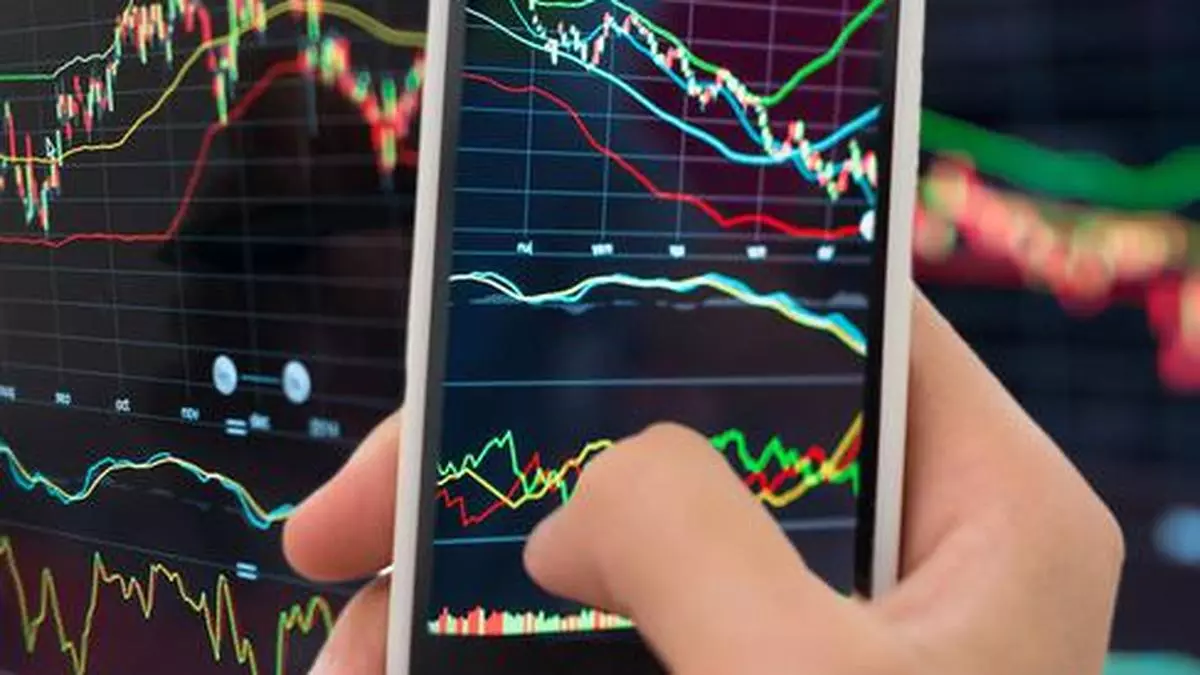Can Nifty hold the 25,000 mark amid market turbulence and geopolitical unrest?
Domestic markets are expected to open weak amid geopolitical tension. Gift Nifty at 25,418 signals a gap-down opening of about 70 points for Nifty. According to analysts, the widening West Asia conflict soured risk sentiment, with foreign portfolio investors resorting to heavy selling. According to exchange data, FPIs sold over ₹15,000 worth of shares on Thursday alone.
With the market set for weekend holidays, they are unlikely to carry over their position, they added.
Market experts believe this will have consequences for a wide range of sectors.
The escalation of the Iran-Israel conflict has triggered tensions in India as it grapples with the prospects of rising oil prices and freight charges, restricted air/sea routes, and disruption of trade and supply chains. West Texas Intermediate crude extended gains early Friday after rising more than 5% Thursday to a one-month high.
Amid high tension, the moot question is whether the Nifty will hold onto the psychological 25,000 mark. On Thursday, it closed at 25,250.
Key sectors such as Auto and Oil & Gas were among the biggest losers, with BPCL and Asian Paints under pressure due to rising crude oil prices nearing $75 per barrel. “Investors are advised to remain cautious as they await upcoming Q2 earnings and monitor the policy decisions of the RBI and keep a watch on the global developments and crude oil price trends as key factors shaping market dynamics.,” said Vikram Kasat, Head of advisory, PL Capital – Prabhudas Lilladher
Sagar Shinde, a Consultant from Stoxkart, a discount broker, saidNifty has recently broken the trend line of its rising channel. Substantial call writing has been observed at critical strike levels, particularly at 25,600, with further activity noted at 25,700, 25,800, and 26,000. This hefty call writing indicates that traders are becoming more cautious about the index’s ability to maintain its bullish stance. In contrast, put writers have not significantly increased open interest, reflecting market participants’ prevailing lack of confidence.
“This hesitation to sell puts, despite the market downturn aligns with the concept of cognitive dissonance, where traders struggle to reconcile conflicting information. They might be assuming that the downturn is temporary and that the market will rebound, making put writing unattractive, even though activity in the call options market suggest otherwise,” he said.
Compounding these factors, a sudden spike in the Indian VIX has emerged, negatively impacting short-term market sentiment. “The current market environment presents a fascinating case study of the interplay between technical factors and psychological biases. As the NIFTY navigates this period of uncertainty, it tests traders for emotional control, disciplined risk management, and a mindful approach to trading,” he said further.
According to Dhupesh Dhameja, Technical Analyst, SAMCO Securities, India VIX spiked 9.86%, closing at 13.17. The rise in global tensions and foreign institutional investor (FII) outflows have fuelled volatility. “However, as long as VIX remains below 15, a potential recovery in bullish momentum is still on the table, as lower volatility typically supports buying interest,” he said.
